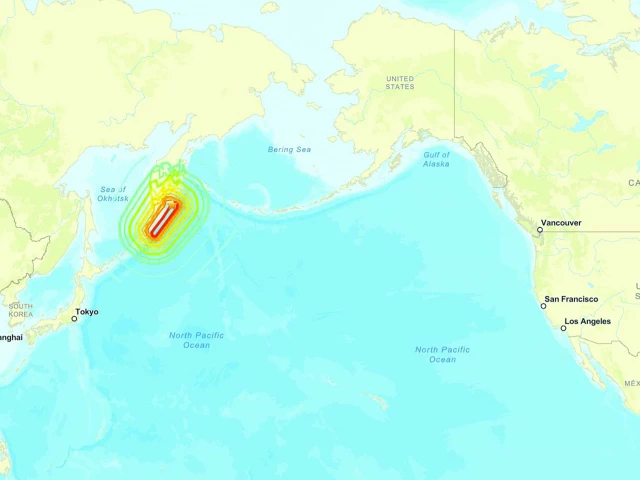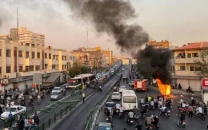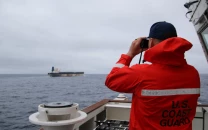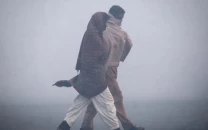8.8-magnitude quake jolts Russia's far east
Huge earthquake sparks Pacific tsunamis

One of the strongest earthquakes ever recorded struck Russia's sparsely populated Far East on Wednesday, causing tsunamis up to four metres (12 feet) high across the Pacific and sparking evacuations from Hawaii to Japan.
The magnitude 8.8 quake struck off Petropavlovsk on Russia's Kamchatka peninsula and was the largest since 2011 when one of magnitude 9.1 off Japan caused a tsunami that killed more than 15,000 people.
Almost two million people in Japan were told to head to higher ground and tsunami warnings were issued across the region, before being rescinded or downgraded -- though scientists warned of the danger of powerful aftershocks.
While the immediate area around the quake seemed to have been spared, people on the other side of the Pacific were gearing up for the impact of a tsunami expected to hit overnight.
Ecuador's Galapagos Islands off the west coast of South America closed visitor sites and schools, ushering tourists to dry land as a precaution.
"The boats haven't gone out to fish," said a fisherwoman in Puerto Ayora on the islands who did not want to be named.
"We've been warned through the loudspeakers that it's best not to approach the coastline."
In Russia's far east, a tsunami flooded the port town of Severo-Kurilsk, crashing through the port area and submerging the local fishing plant, officials said. Russian state television footage showed it sweep buildings and debris into the sea.
Authorities said the population of around 2,000 people had been evacuated.
The waves reached as far as the town's World War II monument about 400 metres from the shoreline, said Mayor Alexander Ovsyannikov.
Several people were injured in Russia by the quake, state media reported, but none seriously.
"The walls were shaking," a Kamchatka resident told state media Zvezda.
"It's good that we packed a suitcase, there was one with water and clothes near the door. We quickly grabbed it and ran out... It was very scary," she said.
Later Wednesday, the authorities in the Kamchatka peninsula announced the tsunami warning had been lifted.
Officials from countries with a Pacific coastline in North and South America — including the United States, Mexico, Ecuador and Colombia — issued warnings to avoid threatened beaches and low-lying areas.




















COMMENTS
Comments are moderated and generally will be posted if they are on-topic and not abusive.
For more information, please see our Comments FAQ